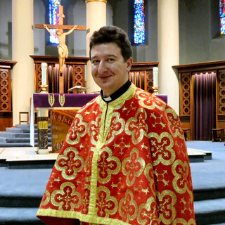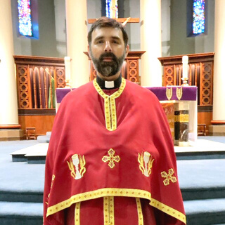Father Ionel Maier
Fr. Ionel Maier is the Pastor of Annunciation Byzantine Romanian Catholic Mission

The Annunciation Byzantine Romanian Catholic Mission (www.bunavestire.org) celebrates The Divine Liturgy (Holy Mass) every Sunday and Holy Day of Obligation at 12:45 p.m. at Our Lady Of Perpetual Help Roman Catholic Church.


About Us
Frequently Asked Questions
